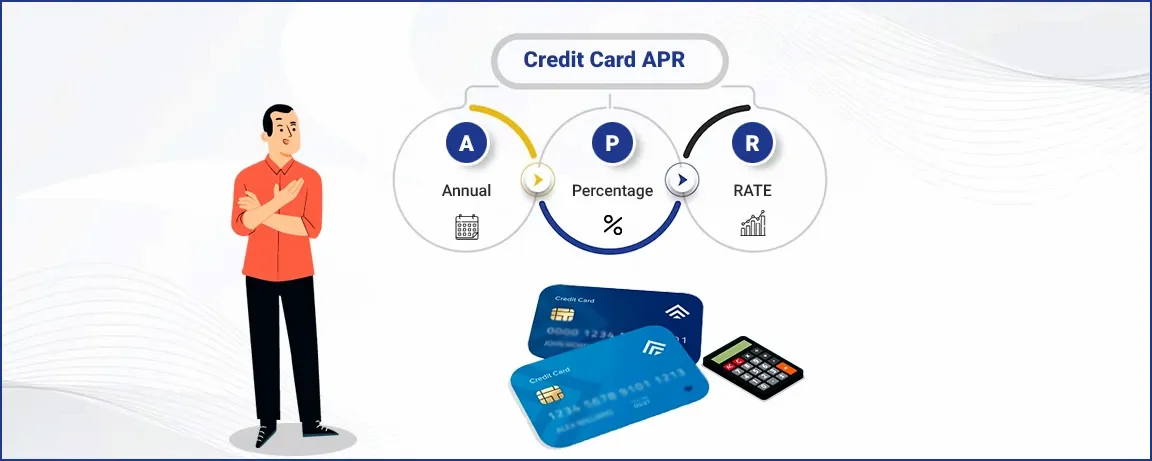
Welcome, savvy readers! Today, we’re diving into the financial realm of credit cards, focusing on a crucial aspect that often leaves many scratching their heads – APR, or Annual Percentage Rate.
What is APR?
APR is more than just an acronym; it’s a key factor in your credit card journey. Simply put, Annual Percentage Rate represents the cost of borrowing on your credit card, expressed as a yearly interest rate. It includes not only the interest charged on purchases but also any additional fees that might apply. Understanding APR is vital because it directly impacts the overall cost of using credit.
The Components of APR:
1. Interest on Purchases:
- The primary component of APR is the interest charged on your outstanding balance. This is the cost you pay for the privilege of borrowing money from the credit card issuer.
2. Balance Transfers:
- If you transfer a balance from one card to another, there’s usually a separate APR for this. It’s crucial to be aware of this rate, especially if you’re consolidating debt.
3. Cash Advances:
- Taking out cash from your credit card comes with its own APR. Be cautious with cash advances, as they often have higher interest rates and may lack a grace period.
4. Fees:
- Some APRs include additional fees. Common ones include annual fees and late payment fees. Always read the fine print to understand the full picture.
How APR Impacts Your Finances:
1. Interest Accumulation:
- A higher APR means more interest accrues on your outstanding balance. Over time, this can significantly increase the overall cost of your purchases.
2. Minimum Payments:
- When you make only the minimum payment, a substantial portion may go towards interest, leaving the principal balance largely untouched.
3. Credit Card Debt:
- High APRs can contribute to the cycle of credit card debt. It’s essential to manage your balance wisely to avoid falling into this trap.
Tips for Managing APR Effectively:
1. Pay in Full:
- Whenever possible, pay your credit card balance in full each month to avoid accruing interest.
2. Shop Around for Lower Rates:
- Different cards come with different APRs. Explore your options and consider transferring balances to a card with a lower rate.
3. Understand Grace Periods:
- Some cards offer a grace period where no interest is charged if you pay the full balance by the due date. Take advantage of this feature.
4. Negotiate with Creditors:
- If you have a good payment history, you may be able to negotiate a lower APR with your credit card issuer.
In conclusion, understanding APR is a fundamental aspect of responsible credit card use. By being aware of the different components and their impact on your finances, you empower yourself to make informed decisions. Remember, a little knowledge can go a long way in achieving financial well-being. Stay financially smart!
